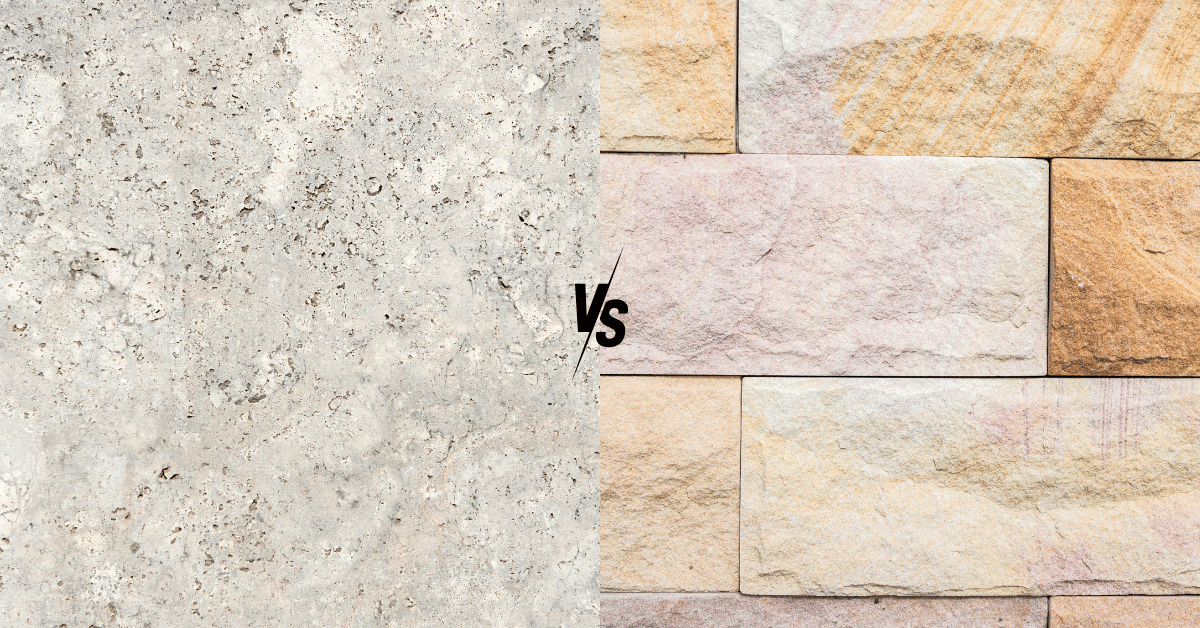


Natural stone has continued to be at the very top in Indian construction and architecture. Of all the categories, the sandstone and limestone continue to be among the most used. They bring beauty, strength, and variety to projects, but each stone has a different character. The understanding that there is a difference among them makes the homebuyer, the architect, and the builder make the correct choice. More than anything, the choice of the right Sandstone Manufacturer in India or Limestone Manufacturer in India enables the stones to bring strength and beauty.
Sandstone is made by grains of sand, predominantly quartz and feldspar, compressed together for millions of years. Minerals such as silica, calcium carbonate, or iron oxide hold the grains together and provide the strength and distinctive colours to the sandstone.
Limestone, however, is mainly composed of calcium carbonate and generally comes from shells, sea coral, and sea deposits. It is less consolidated than the sandstone and forms in shallow warm seas. This lends the origin of the limestone a more even and smooth texture.
The stone comes in a richly colored palette ranging from red, yellow, grey, brown and even green. It possesses natural bedding and coarse texture and is most suitable for rustic outside areas or ruggedly attractive design schemes.
Limestone is generally lighter in hue, ranging in colours such as cream, beige, white, or pale grey. Its finer surface and delicate patterns provide a polished appearance that tends to be good for contemporary interiors. Fossil impressions may be evident on limestone and include a touch of artistry.
Sandstone is durable and can withstand weathering for years, and that makes it very common in the garden, outside walling and paving. Nevertheless, since it is a porous natural stone, sealing it helps to avoid water damage when moisture is present.
Limestone isn't very resistant and can be scratched or marked by acidic substances. Good quality stone by a good Limestone Manufacturer in India, however, it should be able to withstand regular use in the flooring, the cladding, and other internal uses.
The stone works beautifully outside. From poolside perimeter paving to walkways, it holds up to heavy traffic and severe weather. It is excellent for mass landscapes because it is durable.
Limestone shimmers on the inside. Its elegant tones and matte finish make it the choice for floors, bathroom surrounds and decorative walls. Its timeless look explains why it has shown up at numerous famous monuments in India.
These two stones do require maintenance. The sandstone needs to be sealed to avoid discoloring and moisture. The limestone needs to be protected against harsh cleaners and acidic content. Choosing a good Sandstone Manufacturer in India or Limestone Manufacturer in India makes maintenance easier and gives the stone a longer life span.
Limestone and sandstone can belong to the same family, and both provide something different. The exterior projects work well with the rough strength of the sandstone, and the beauty of the limestone makes interior spaces sparkle. Either stone can transform spaces into something lasting and truly beautiful when the proper manufacturer comes along.